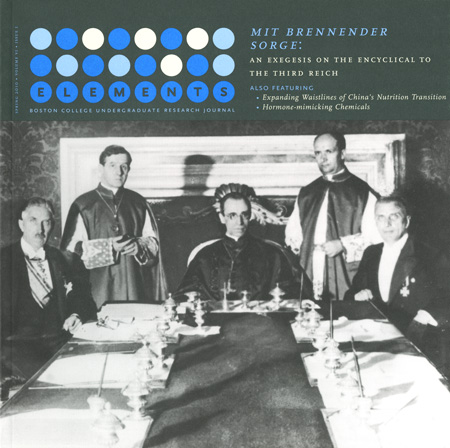Iran and the Nixon Doctrine: American Arms and the Rise and Fall of the Shah
DOI:
https://doi.org/10.6017/eurj.v6i1.9025Keywords:
Spring 2010, social sciences, Political ScienceAbstract
The 1969 Nixon Doctrine-which called for empowering American allies in order to reduce their dependence on the United States for security-has long been tied to President Nixon's aim of reducig the American military presence in Vietnam. However, notes from Nixon's 1967 meeting with the Shah of Iran suggest that the monarch heavily influenced foreign policy pursued by the future president. The doctrine also allowed the Shah to fulfill his regional political ambitions by facilitating the sale of billions of dollars worth of the most sophisticated American weaponry to Iran. However, as oil prices began to drop in the late 1970s, the Shah's defense spending began to have an increasingly adverse effect on the Iranian economy, ultimately contributing to the overthrow of the Pahlavi dynasty.Downloads
Published
2010-04-10
How to Cite
Guittard, A. (2010). Iran and the Nixon Doctrine: American Arms and the Rise and Fall of the Shah. Elements, 6(1). https://doi.org/10.6017/eurj.v6i1.9025
Issue
Section
Articles
License
Copyright (c) 2015 Elements

This work is licensed under a Creative Commons Attribution 4.0 International License.

